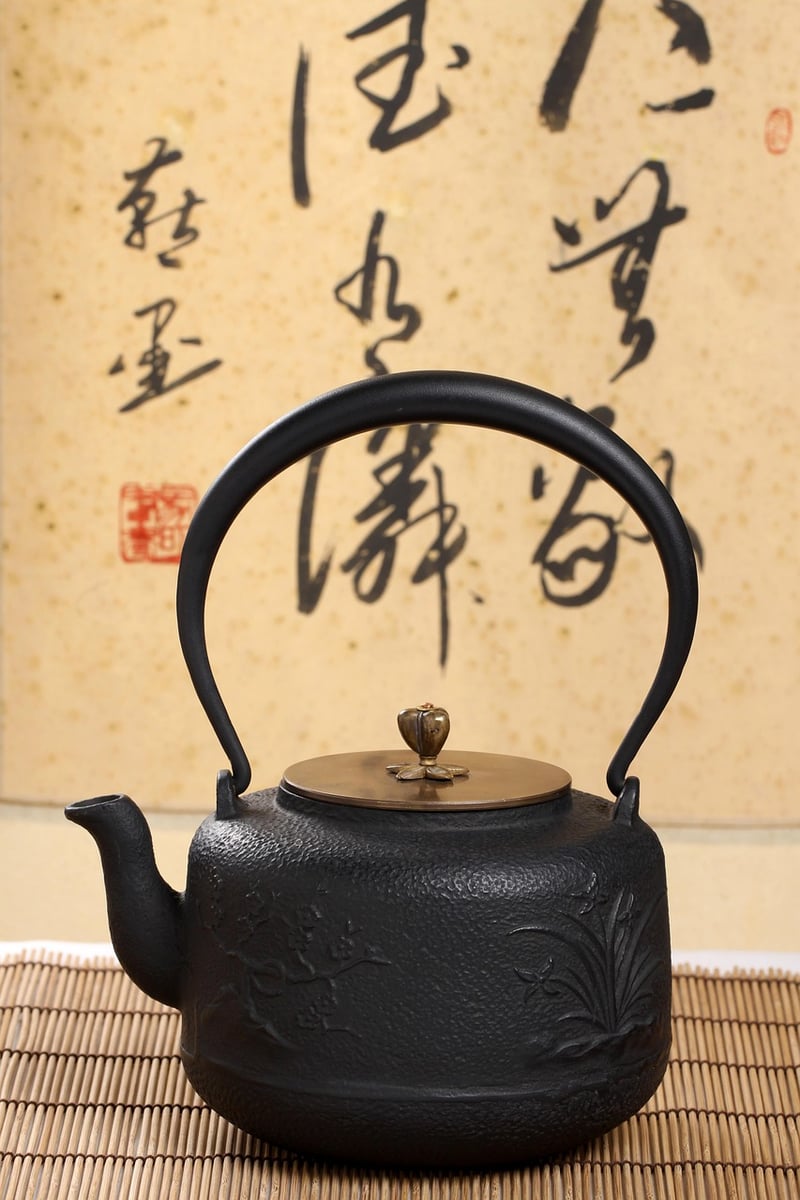Historical Etiquette
Guidance for Travelers + Historical Etiquette
Introduction to Traveling
Traveling can be an exciting and enriching experience, allowing you to explore new cultures, try different cuisines, and create lasting memories. However, it's essential to be mindful of cultural norms and historical etiquette to ensure a respectful and enjoyable journey.
Guidance for Travelers
1. Research your destination: Before embarking on your trip, take the time to learn about the local customs, traditions, and taboos of the country you are visiting. This will help you navigate unfamiliar situations with ease and avoid unintentionally offending the locals.
2. Dress appropriately: Respect the dress codes of the places you visit, especially when visiting religious sites or conservative communities. Pack clothing that is suitable for the local climate and culture.
3. Learn basic phrases: While English is widely spoken in many tourist destinations, making an effort to learn a few basic phrases in the local language can go a long way in showing respect and building connections with the locals.
4. Be mindful of your behavior: Remember that gestures, body language, and expressions can vary in meaning across cultures. Avoid gestures that may be considered offensive or rude in the local context.
Historical Etiquette
1. Bowing in Japan: In Japan, bowing is a common form of greeting and showing respect. The depth of the bow conveys the level of respect, with a deeper bow indicating higher respect for the other person.
2. Tea ceremonies in China: When participating in a traditional Chinese tea ceremony, it is customary to accept the tea with both hands as a sign of respect for the tea server and the tea itself.
3. Dining etiquette in France: In France, it is polite to keep your hands on the table during a meal, with wrists resting on the edge. Additionally, wait for the host to initiate the meal before you start eating.
Conclusion
By being aware of cultural norms and historical etiquette, travelers can enhance their experiences and show respect for the places they visit. Embracing these traditions can lead to meaningful interactions with locals and a deeper appreciation of different cultures.



